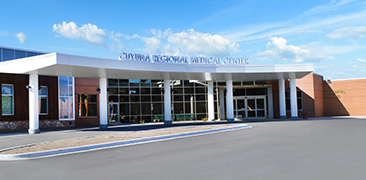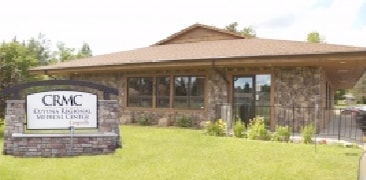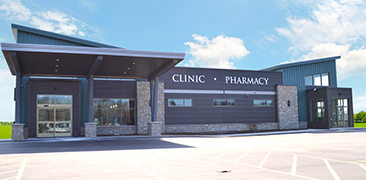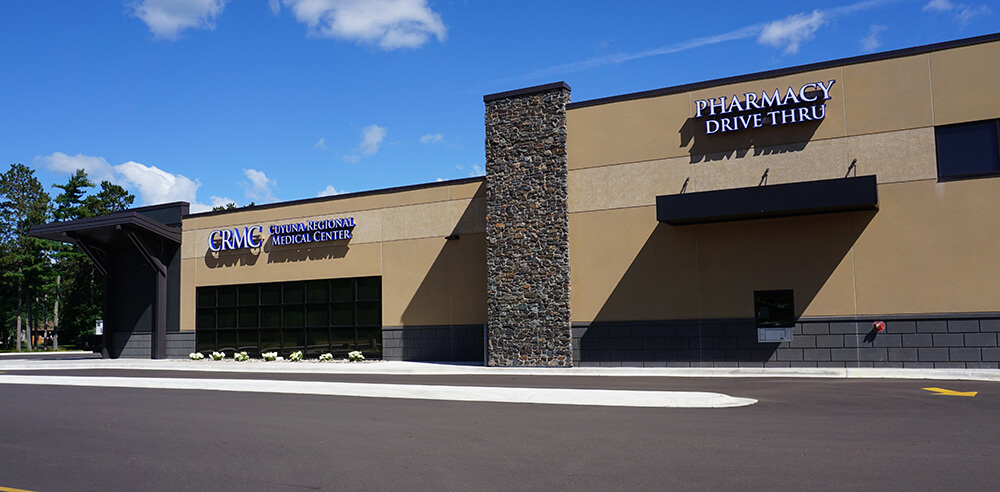Specializing in treating conditions of your bones, joints, muscles, and nerves, including pain and injury, CRMC’s orthopaedic team is the area's choice for orthopaedic care. Our treatment includes care for all ages, and our goal is to get you back to doing what you love: whether that’s golfing, running a half marathon, hiking, mountain biking, or simply walking your dog.
We take a team approach to treating your pain or injury, using the latest technologies and treatments. Our orthopaedic care team includes Board Certified and Fellowship Trained orthopaedic surgeons and advance practice providers including nurse practitioners, physician assistants, nurses, certified medical assistants, technicians, therapists, and an athletic trainer. We work closely with your primary care physician and any other specialists you need. This team approach allows us to provide you with personalized, comprehensive, one-on-one care.
This is a type of arthritis that can affect people of all ages. It's not the same as the most common form of arthritis, called "osteoarthritis." That type commonly comes from wear and tear. Inflammatory arthritis can develop without any wear and tear at all.
This is an irritation or swelling of the trochanteric bursa. This small, fluid-filled sac is found on the outer side of the femur. It acts as a cushion for the iliotibial band, a thick tendon in your leg.
A fracture is a broken bone. The severity of a fracture usually depends on the force that causes it.
Many fractures are very painful and may prevent you from moving. Other common symptoms include swelling, tenderness, bruising, or deformity — a limb may look "out of place" or a part of the bone may puncture through the skin.
Surgery is sometimes required to treat a fracture. The type of treatment required depends on the severity of the break, whether it is "open" or "closed," and the specific bone involved. Doctors use a variety of treatments to treat fractures: cast immobilization, brace, traction, external fixation, and surgery.
Fractures take six to eight weeks to heal, depending on the extent of the injury. X-rays taken throughout the healing process show the extent of bone healing. Pain usually stops long before the fracture is solid enough to handle the stresses of normal activity. Sometimes, physical therapy may be prescribed to help you restore normal muscle strength, joint motion, and flexibility.
This is a problem with the hip joint. In a healthy hip, the ball of the femur is smooth and round. It fits perfectly into the hip socket. But with this condition, the ball, the socket or both the ball and the socket are shaped poorly. They don't fit together well. When you move your hip, they rub together harmfully.
If your hip has been damaged by arthritis, a fracture, or other conditions, common activities such as walking or getting in and out of a chair may be painful and difficult. Our experienced orthopaedic specialists use non-invasive treatments like injections, medication, and physical therapy to treat hip pain as a first-line approach to care before considering surgical treatment. When surgery is needed, we use minimally invasive and arthroscopic surgery to improve precision and reduce recovery time and scarring. Total hip replacement is an effective procedure that can help you get back to enjoying everyday activities.
If your hip joint hurts, or if it catches or clicks when you move your leg, you may have a torn labrum. That's a rim of tissue that surrounds the hip's socket. It helps to deepen the socket and cushion the joint. A torn labrum can keep the hip joint from working smoothly.
This is a weakening and collapse of the bone in the head of your femur. That's the ball that fits in the socket of your hip. As this bone gradually dies and breaks apart, you can develop painful arthritis in your hip.











